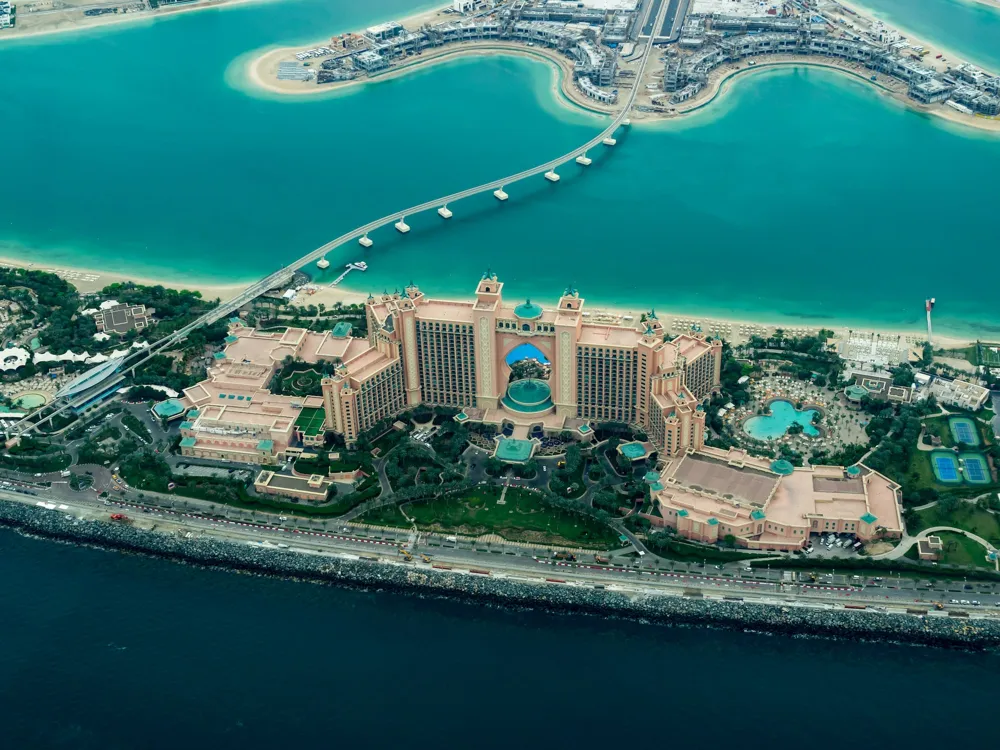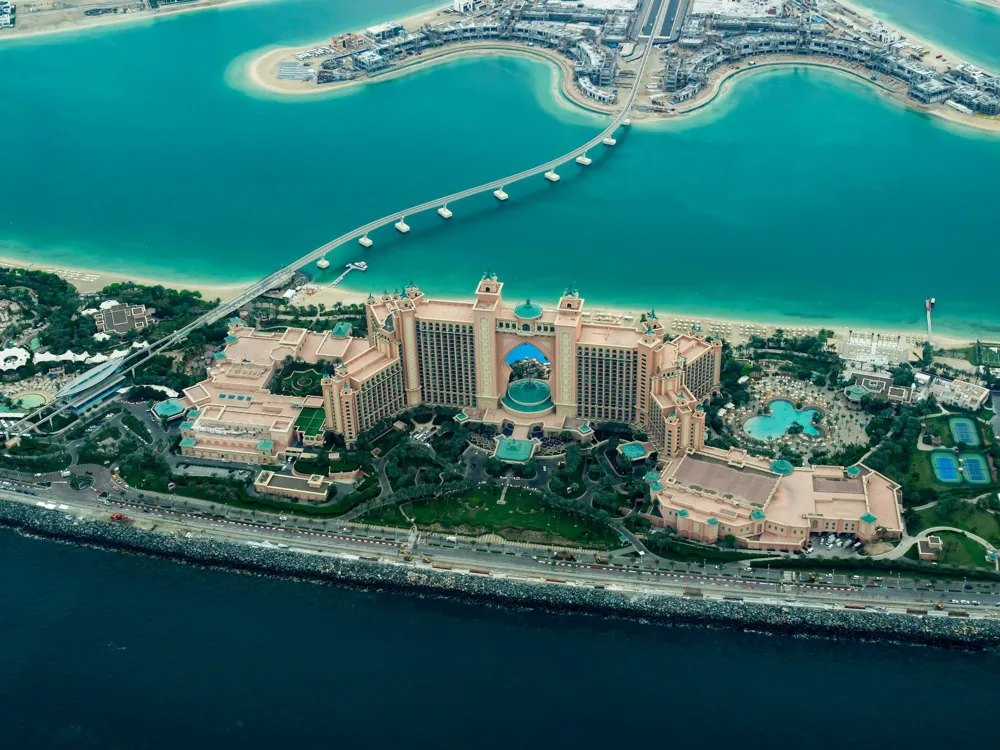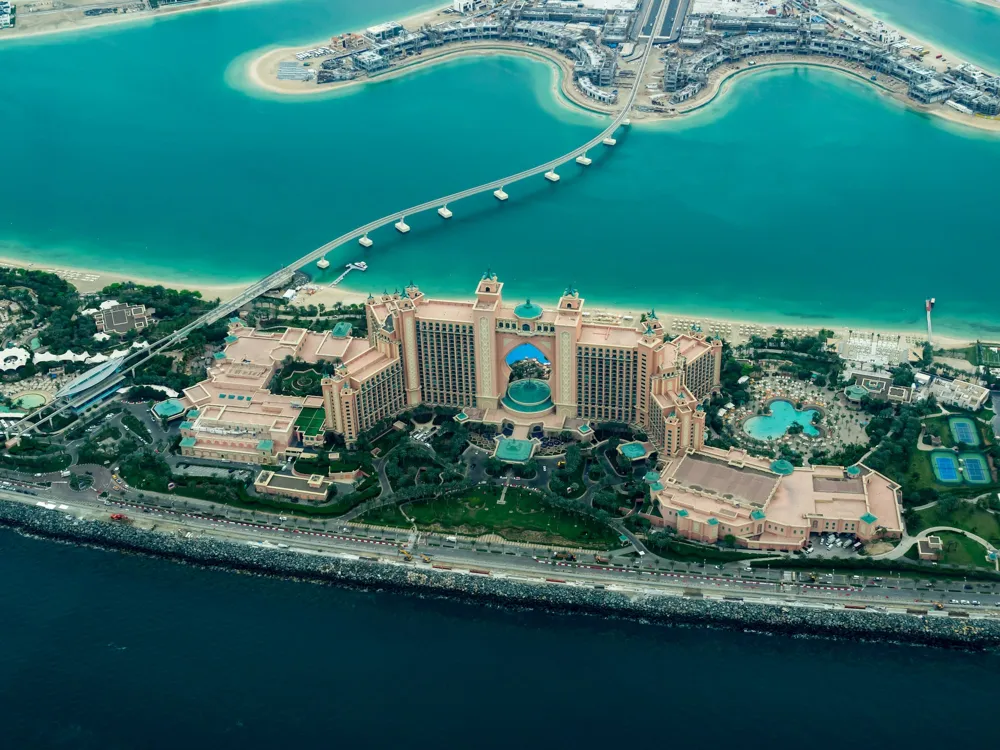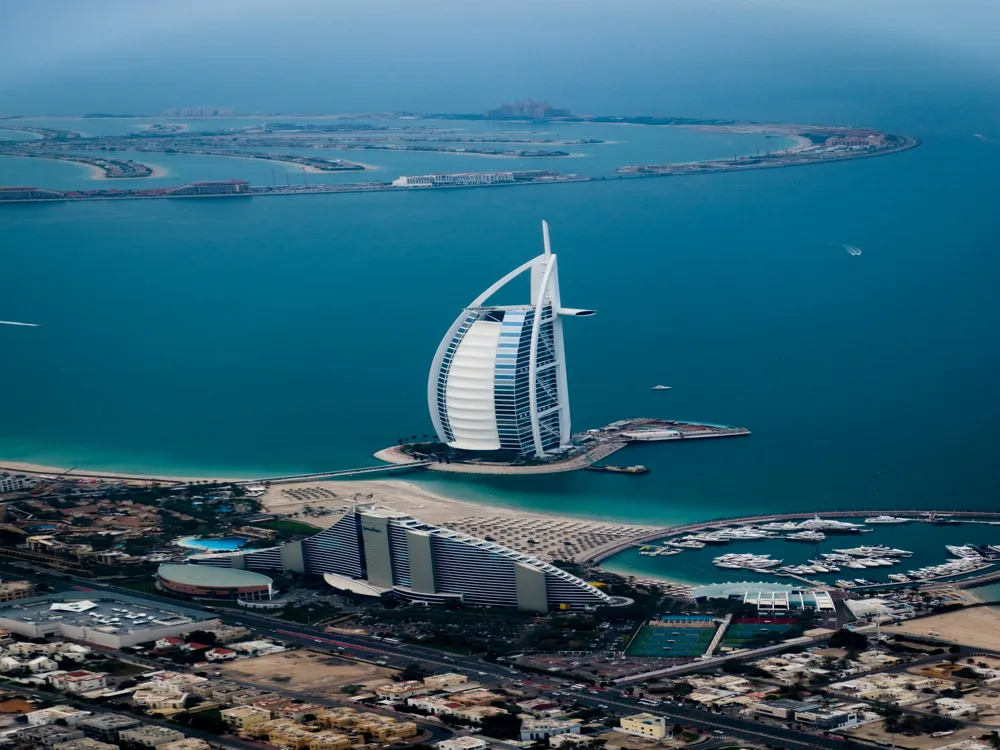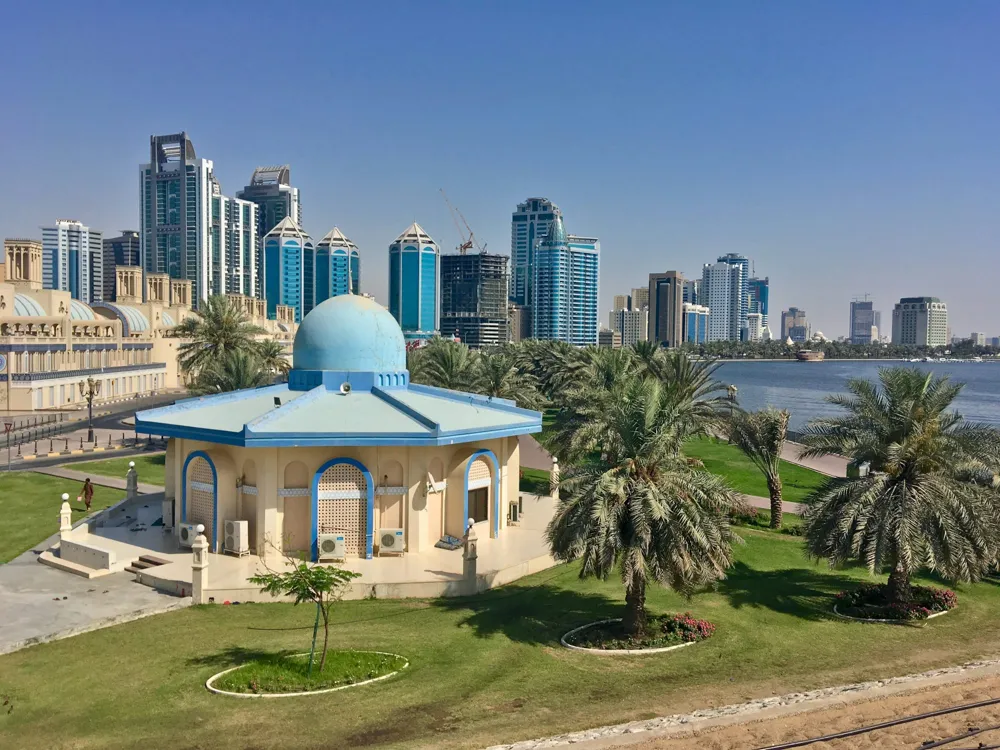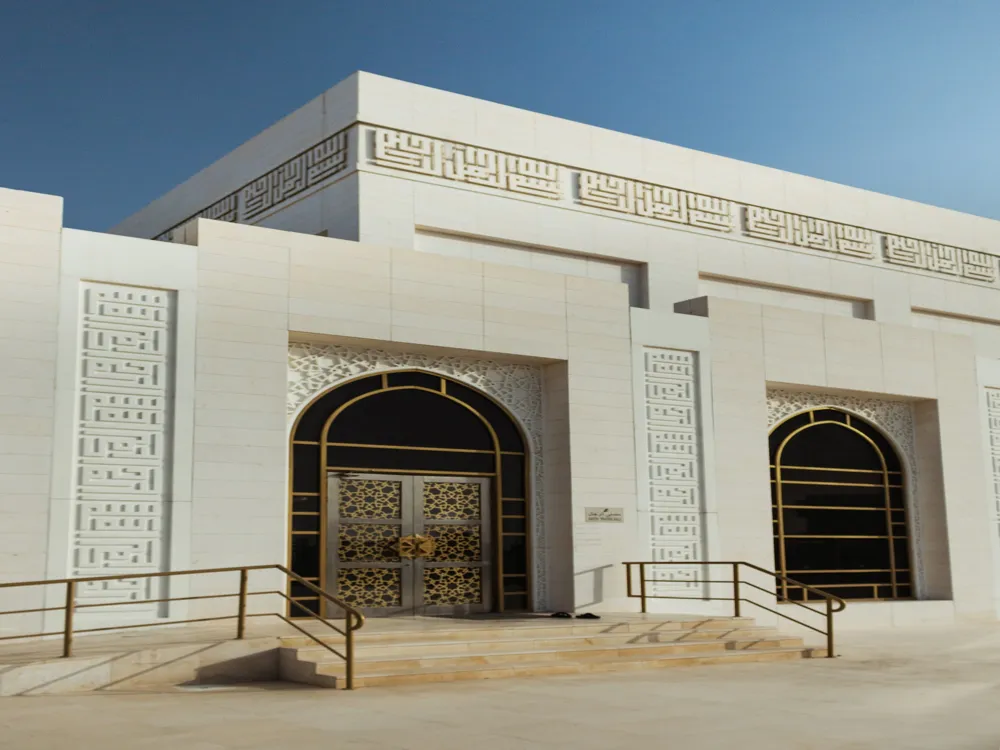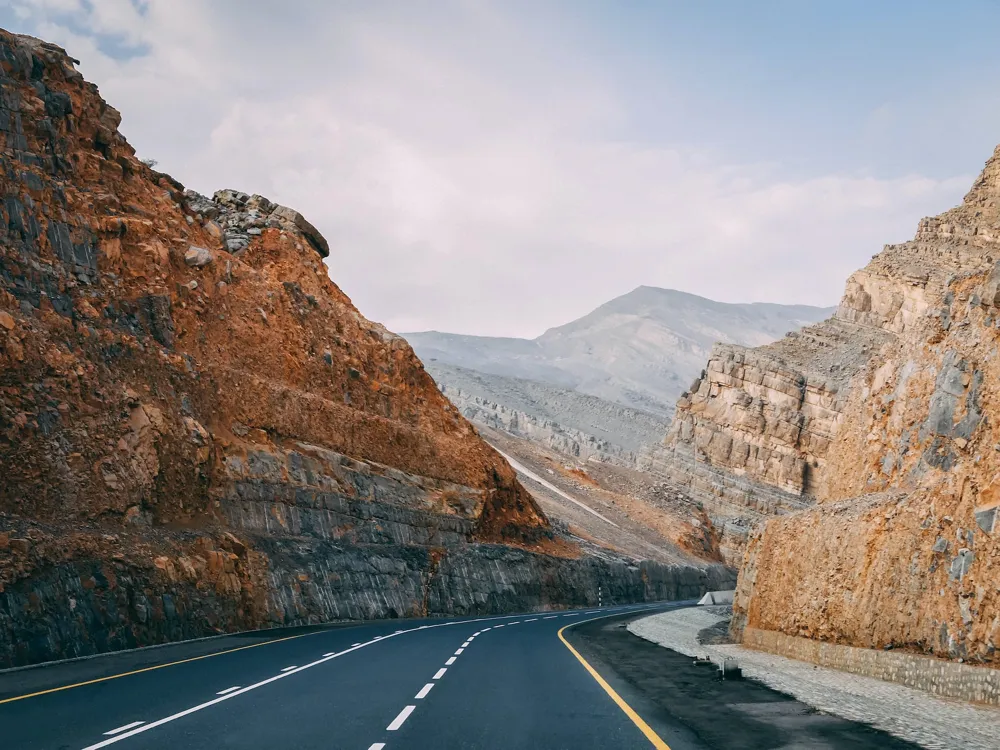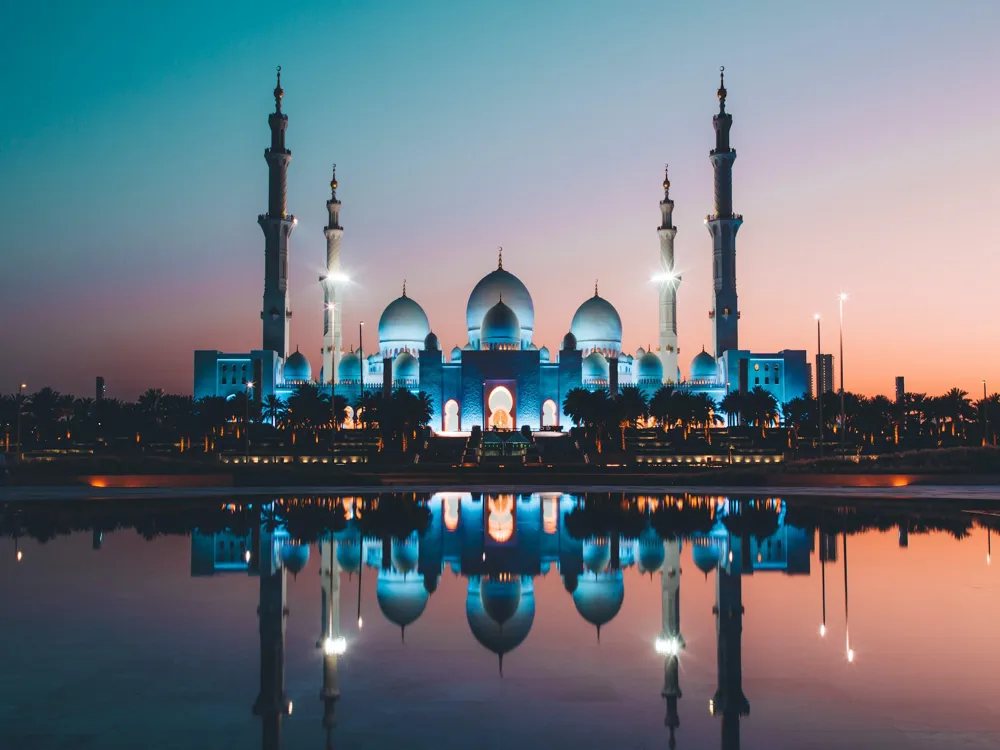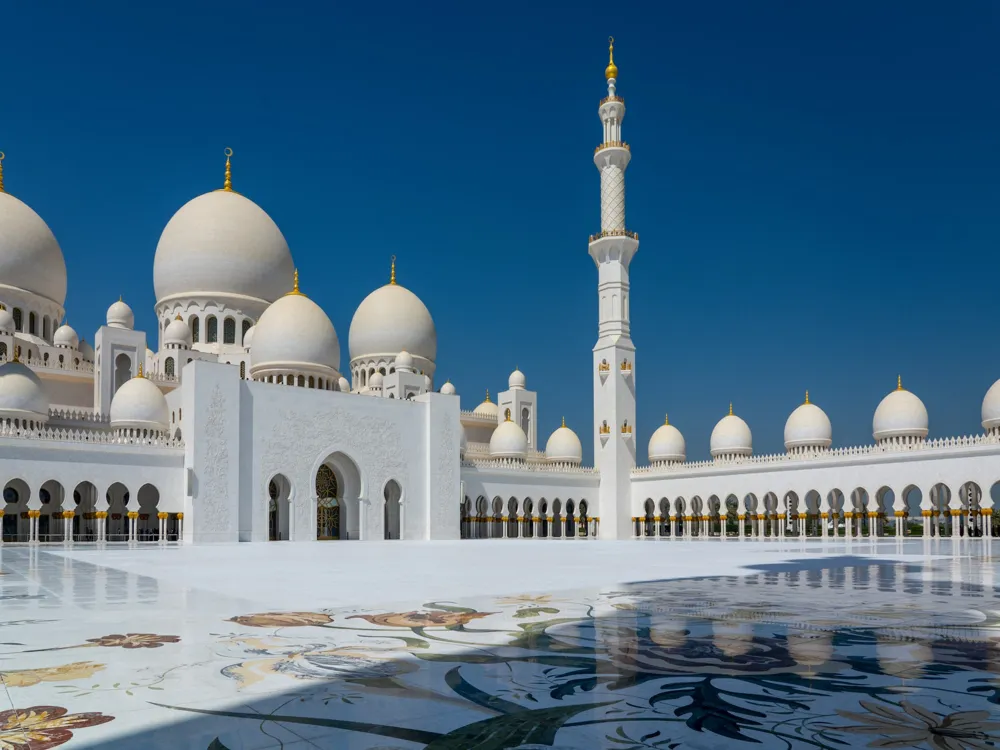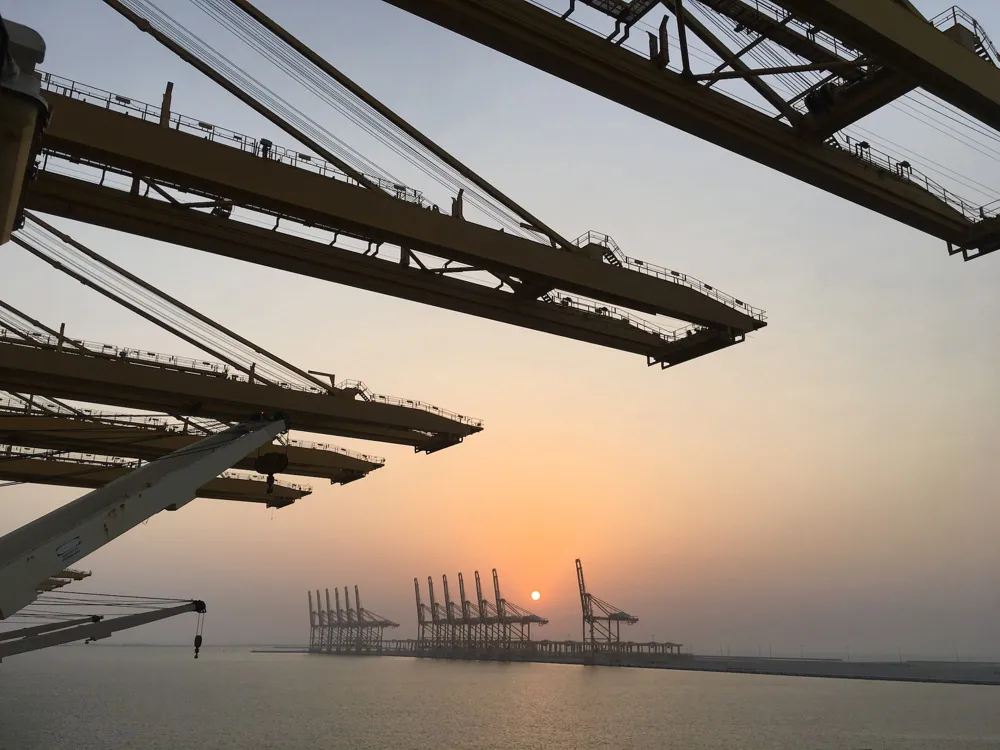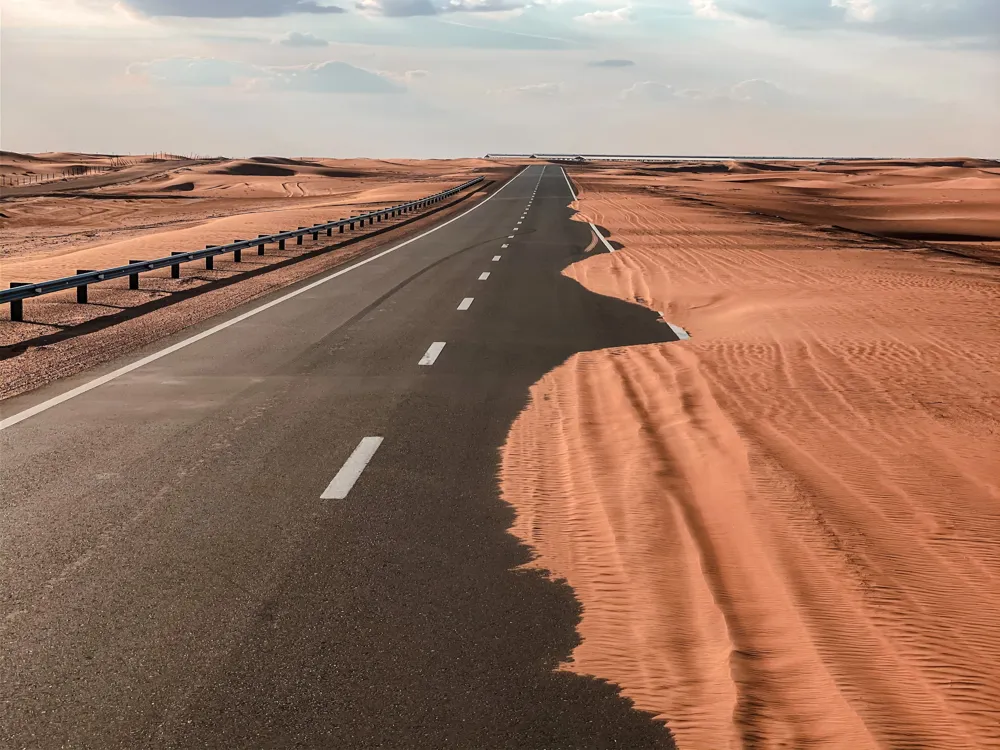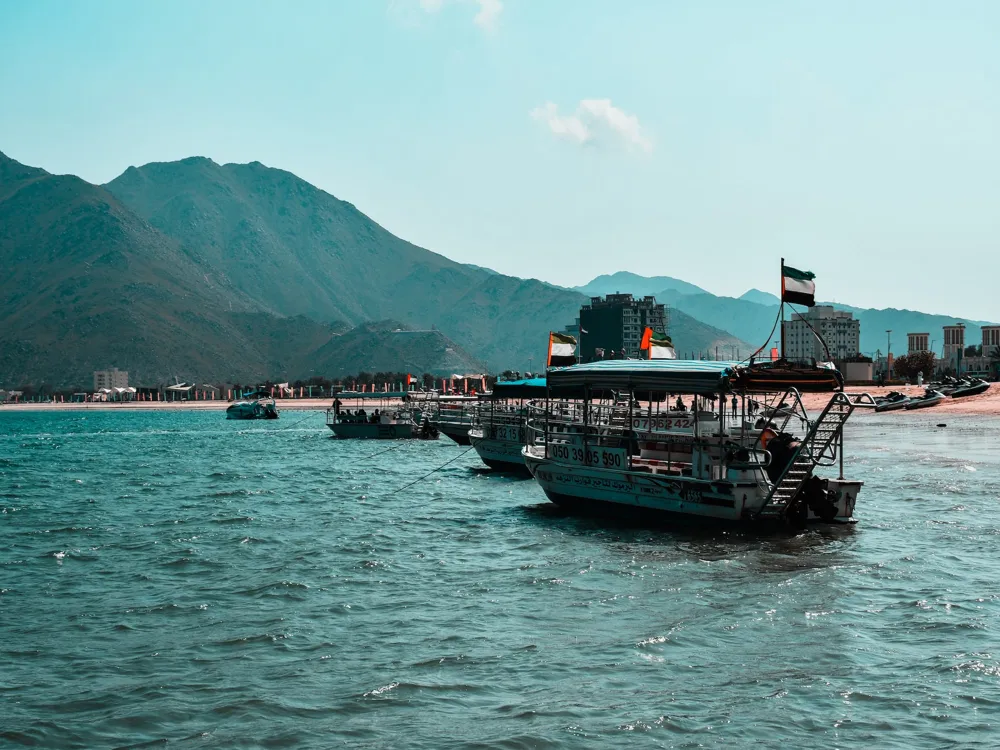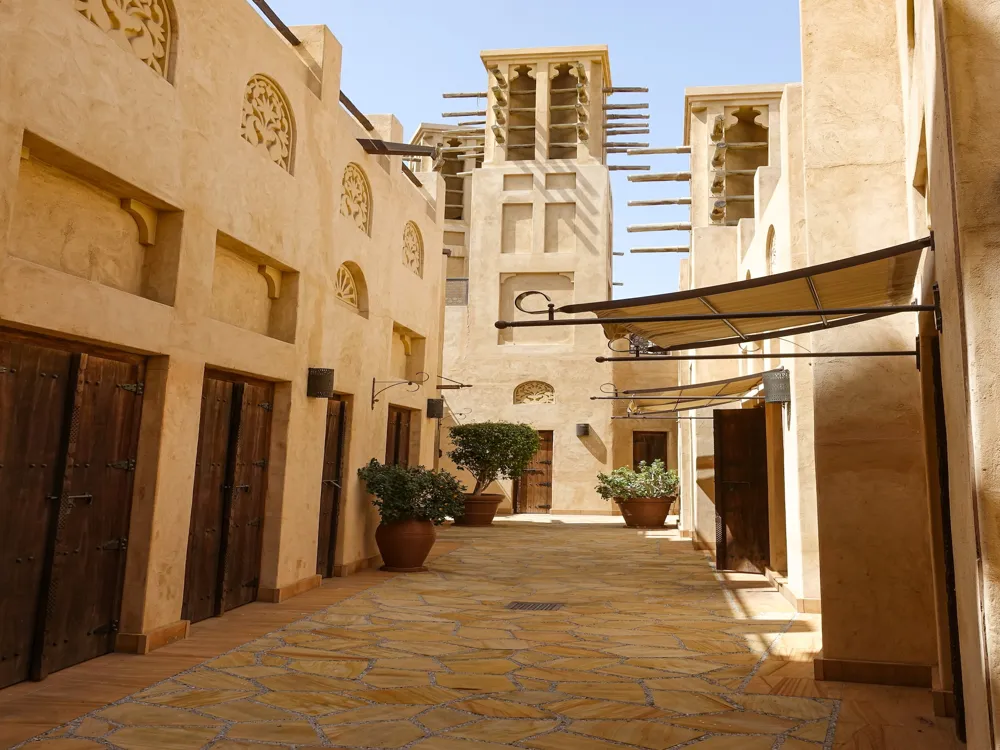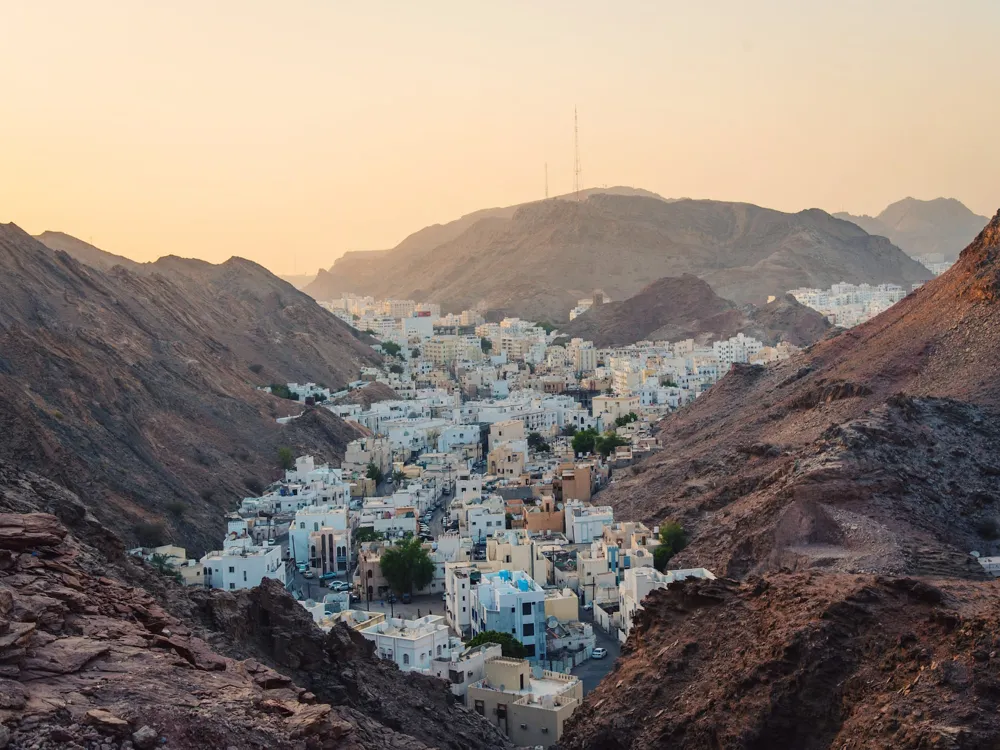Jumeirah, a coastal residential area in Dubai, is renowned for its exclusive housing areas, stunning beaches, and vibrant lifestyle. This district has evolved from a fishing and pearl diving community into a modern, luxurious neighborhood. Jumeirah's transformation is a testament to Dubai's rapid development, showcasing a unique blend of traditional Emirati culture and contemporary luxury living. The area is dotted with a range of high-end hotels, shopping destinations, and culinary delights, making it a popular spot for tourists and locals alike. Jumeirah's beaches are among the most beautiful in Dubai, offering white sands and crystal-clear waters. The neighborhood also boasts the iconic Burj Al Arab, one of the most luxurious hotels in the world, known for its distinctive sail-shaped silhouette. Jumeirah's residential architecture is a mix of modern and traditional Arabian designs. The villas and houses are often spacious with large gardens, providing a serene and private living space. The area is also home to several consulates and embassies, adding to its international appeal. Culturally, Jumeirah is significant for its historical sites, including the Jumeirah Mosque, which is a fine example of Islamic architecture. The area is also a hub for art and culture, with galleries and events showcasing both regional and international artists. The combination of luxury, culture, and history makes Jumeirah an essential part of Dubai's identity. Dubai's architecture is a striking blend of ancient cultural influences and cutting-edge modern design. The cityscape of Dubai is marked by awe-inspiring skyscrapers, luxurious hotels, and innovative structures that push the boundaries of contemporary architecture. This dynamic fusion of design elements reflects Dubai's rapid transformation from a quiet fishing village to a bustling global metropolis. One of the most iconic structures in Dubai is the Burj Khalifa, the tallest building in the world. This architectural marvel stands as a symbol of Dubai's ambition and ingenuity. Its design is inspired by regional desert flowers and incorporates elements of Islamic architecture. The Burj Khalifa is not just a skyscraper; it's a multi-use development that includes residential, commercial, and leisure facilities. Another significant architectural feat is the Palm Jumeirah, an artificial archipelago designed in the shape of a palm tree. This project is a testament to Dubai's innovation in creating new land and spaces. The Palm Jumeirah hosts a range of luxury hotels, exclusive residential villas, and entertainment venues, all sitting atop reclaimed land. Dubai also pays homage to its cultural roots through its traditional architecture. The Al Fahidi Historical Neighborhood, with its narrow lanes and wind-tower architecture, offers a glimpse into the Dubai of the past. These traditional buildings are made from natural materials like coral, mud, and palm wood, showcasing the ingenuity of ancient Emirati architecture. The city's architectural journey is not limited to its buildings. Infrastructure like the Dubai Metro and the Dubai Water Canal demonstrate Dubai's commitment to sustainable and efficient urban planning. These structures blend functionality with aesthetic appeal, adding to the city's modern skyline. Dubai is a melting pot of cultures, but it's important to respect local customs and traditions. Dress modestly, especially when visiting religious sites, and be mindful of public behaviors to ensure a respectful and enjoyable visit. The ideal time to visit Dubai is between November and March when the weather is cooler. This period is perfect for outdoor activities and exploring the city's attractions without the intense heat of the summer months. Dubai's public transport system, including the metro, buses, and taxis, is efficient and easy to use. For a more unique experience, try the traditional abra boats for crossing Dubai Creek. Dubai offers a diverse culinary scene. From luxurious dining experiences in world-class restaurants to local street food, there's something to satisfy every palate. Don't miss the chance to try traditional Emirati dishes. Dubai is a shopper's paradise, featuring everything from sprawling malls to traditional souks. Be sure to bargain in the souks and explore the latest trends in the malls. Dubai is globally connected and easily accessible by air. The Dubai International Airport is one of the busiest in the world and serves as a major hub for international travelers. Upon arrival, Dubai's efficient public transport system, including the metro, buses, and taxis, makes it easy to reach any part of the city. For those preferring to drive, car rentals are widely available, and the city’s road infrastructure is excellent, ensuring a smooth travel experience.Overview of Jumeirah, Dubai
Architecture of Dubai
Tips When Visiting Dubai
Understanding Local Customs and Etiquette
Best Time to Visit
Navigating the City
Cuisine and Dining Experiences
Shopping and Souvenirs
How To Reach Dubai
The Walk at JBR
Jumeirah
Dubai
₹ 17,999 onwards
View dubai Packages
Weather :
Label : Popular among Locals
Tags : Avenues & Promenades
Timings : 24 hours; Restaurants: Up to 5:30 AM, Shops: Till 11:00 PM
Time Required : 2-3 hours
Planning a Trip? Ask Your Question
Dubai Travel Packages
View All Packages For Dubai
Top Hotel Collections for Dubai

Private Pool

Luxury Hotels

5-Star Hotels

Pet Friendly
Top Hotels Near Dubai
Other Top Ranking Places In Dubai
View All Places To Visit In dubai
View dubai Packages
Weather :
Label : Popular among Locals
Tags : Avenues & Promenades
Timings : 24 hours; Restaurants: Up to 5:30 AM, Shops: Till 11:00 PM
Time Required : 2-3 hours
Planning a Trip? Ask Your Question
Dubai Travel Packages
View All Packages For Dubai
Top Hotel Collections for Dubai

Private Pool

Luxury Hotels

5-Star Hotels

Pet Friendly







